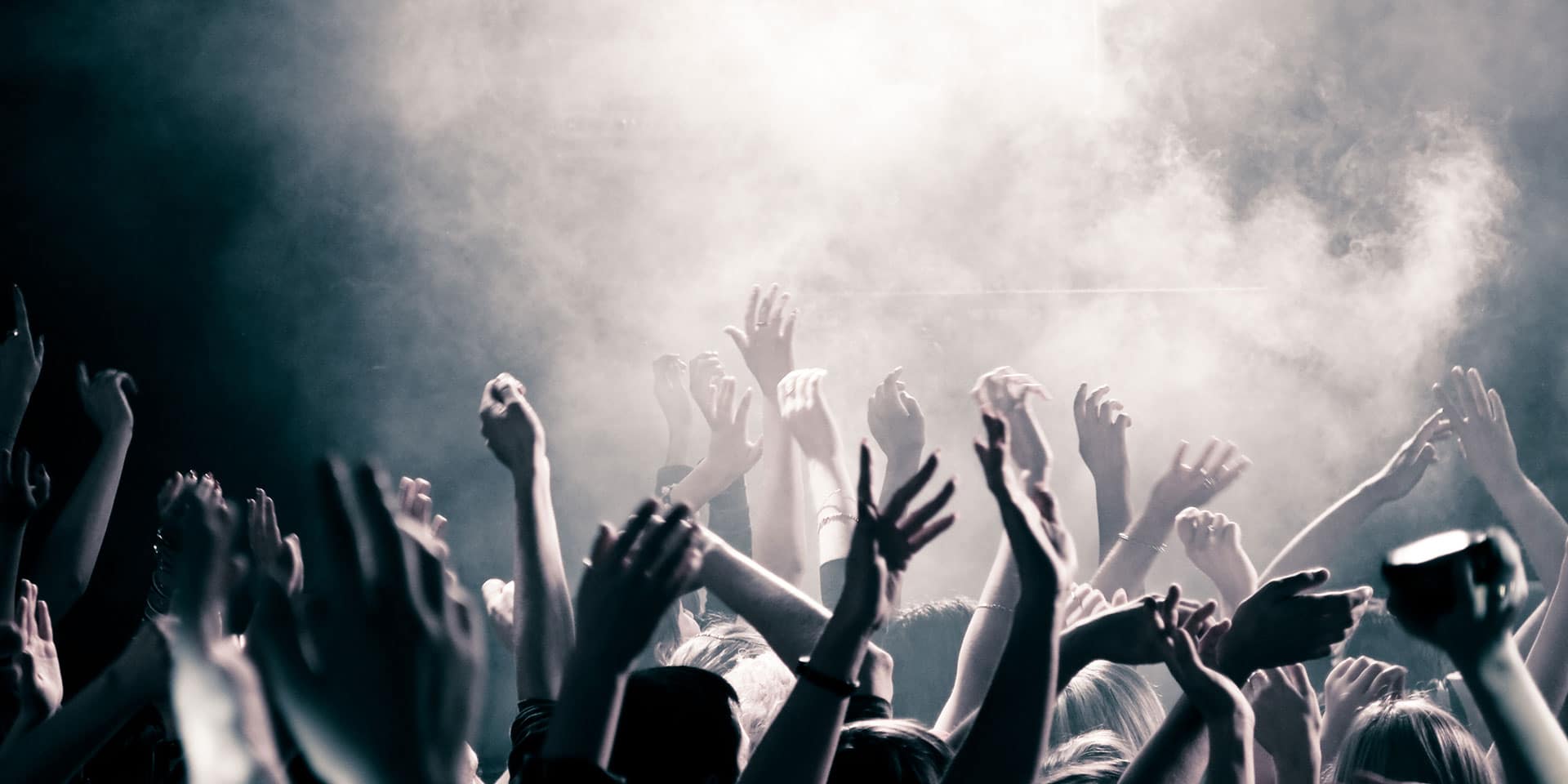In the past, musical performances could only be recorded by professional photographers and cameras, however, with the popularization of digital cameras, show photography has not only become more accessible, but restrictions against amateur cameras are virtually non-existent in music concert halls. Portable cameras and mobile phones, it is now impossible to prevent audiences from photographing shows, however, because they are in environments not conducive to photography and the public is generally a fan of professional photography, it is common that the photographic results of the Shows can be frustrating. So, check out some tips to make it easier and better for your concert photography results.
Preparing to take a good exposure photo should begin before you leave home: check the camera battery. In concerts, in order not to miss anything, it is common to leave the camera on for a long time, so this part is essential. It is recommended to carry an additional battery handle or battery, or more batteries, so that all important moments of the show are captured. Also check if you can enter your camera on the site. Although increasingly difficult, certain events can prevent the public from photographing programs.
- Being well located on the event site is very important when taking pictures.
- These places are usually crowded due to the number of people and taking pictures from different angles is a difficult task.
- So studying the place when you arrive and trying to arrive early.
- If it is possible to vary the location of the photos the result will be even better.
- As you will be able to get all the members of the group and the details of the presentation.
- Keep in mind that the best seat is not necessarily in the first row.
- Be strategic.
Amateur photographers often think that flash is necessary in low-light environments to illuminate the main elements of the image, but this is a bad idea. The flash of the cameras, especially the compact ones, has a range of a few centimeters. taken from the stands, for example, requires a much wider flash range than that acquired by compact cameras. Since the stage lighting of a show is thoroughly studied to show artists and performance details, use this feature, turn off the flash, and capture the moment with this lighting. Using the flash, even if you’re near the scene, will cause the first item to be captured in front of you, leaving the background darkened. Therefore, the result of the flash may be exactly the opposite of what you want in a concert photograph.
Flash can help by freezing an action. If the use of this function is? Not allowed? in concert photography, how to avoid blurry photo? Learn how to properly set shutter speed and ISO sensitivity. Some compact cameras allow shutter speed control, so check your equipment manual to see if this is possible before taking a picture if it is. In this setting, the photographer determines how long the sensor has to capture the image, and the longer, the more light enters the camera. ISO is responsible for the sensitivity of the sensor. The higher the ISO value, the higher the sensitivity and the more light you can capture. When the flash is not in use, the camera needs a higher speed to prevent image shake. However, this setting can darken the photo and this is where the ISO came in: at a high value, the sensor captures more light in less time. So the secret is a high ISO and a reasonable speed (around 1/60). In compact cameras, the ISO can go up to 1600 or 3200.
Many cameras have image stabilizer. Before taking photos of programs, consider turning it on. It consumes more battery, but helps prevent photos from moving. For cameras with interchangeable lenses, the stabilizer is on the lens itself. Check if the lens has this function before purchasing.
Framing is very important in photography. Even if you are not near the scene, or in a favorable position, a good composition of the image can save the photo. Try not to cut off the artists’ head, body parts, or instruments. Also try to avoid microphones that may be in front of them. Know how to use and distribute the decorative elements of the scene to frame the image and use them as frames. Stage lighting, instruments, and members of the secondary group can collaborate with the framing of your show’s photography and should therefore not be ignored. Have fun with them thinking about the third-party rule.
On stage, learn to appreciate the details of a show and don’t just focus on the faces of artists, capture the details of the scene and the instrument, in that sense, being closer to the stage can help. with elements that can make it different.
If your photos are not pretty because of the lighting or the position you were in, there is always the possibility of retouching them after producing the images. Change the contrast, brightness, saturation, make the images black and white?

